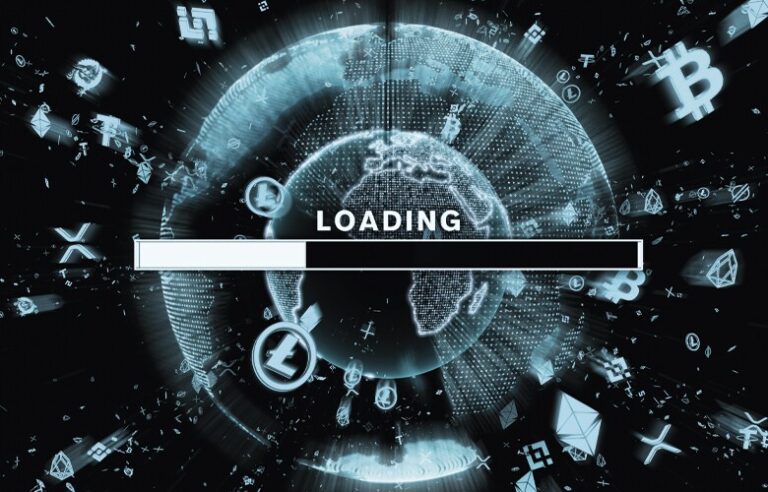
Introduction As we enter 2025, geopolitical tensions continue to rise, fueling fears of a large-scale global conflict. Many analysts, conspiracy theorists, and military experts have made apocalyptic predictions regarding potential wars in World 2025. With rising military escalations, economic instability, and political rivalries, are we truly on the brink of global war? This article explores the most significant threats that could shape the future of world conflicts.
1. Escalating Geopolitical Tensions The world is witnessing heightened tensions between global superpowers. From territorial disputes to cyber warfare, multiple flashpoints could ignite a large-scale war in 2025:
- The ongoing power struggle between the United States and China over Taiwan and the South China Sea.
- Russia’s continued military operations and confrontations with NATO forces in Eastern Europe.
- Rising tensions in the Middle East, particularly between Iran, Israel, and regional alliances.
With global leaders exchanging threats and military exercises intensifying, the fear of an all-out war continues to grow.
2. Economic Collapse as a Catalyst for War History has shown that economic downturns often lead to military conflicts. In 2025, financial instability, inflation, and trade wars could serve as triggers for global unrest. Key risk factors include:
- Economic sanctions disrupting international trade and fueling diplomatic hostility.
- Global recessions leading to increased military spending and nationalistic policies.
- The collapse of major economies forcing countries into resource-driven conflicts.
If economic instability continues, many nations may resort to military aggression as a means of securing dominance and resources.
3. The Role of Artificial Intelligence and Cyber Warfare Modern warfare is no longer limited to traditional battlegrounds. In 2025, artificial intelligence (AI) and cyber warfare play a crucial role in global conflict predictions.
- Nations are investing heavily in AI-driven military strategies, including autonomous drones and robotic warfare.
- Cyberattacks are becoming a primary tool for crippling economies, shutting down infrastructures, and manipulating political outcomes.
- The risk of AI-driven warfare mistakes could escalate conflicts unintentionally.
As cyber warfare and AI advancements progress, the world faces an entirely new kind of war that could unfold in unexpected ways.
4. Nuclear Threats and the Possibility of World War 2025 One of the greatest fears in apocalyptic predictions revolves around the use of nuclear weapons. With global conflicts intensifying, world leaders continue to issue warnings about potential nuclear strikes.
- North Korea’s expanding missile program threatens stability in Asia.
- Russia and the U.S. maintain large nuclear arsenals, with political tensions growing.
- Unstable regions with nuclear capabilities, such as Pakistan and India, pose a significant risk.
A single miscalculation or provocation could lead to an unprecedented catastrophe, making nuclear war a chilling possibility.
Conclusion While wars in World 2025 remain speculative, rising geopolitical tensions, economic instability, and advancements in military technology create an unpredictable future. As global powers continue their struggle for dominance, the threat of large-scale war looms ever closer. Whether these apocalyptic predictions come true or not, staying informed and vigilant about global affairs is more critical than ever.
Stay updated on world conflicts and geopolitical trends – the future depends on it!







